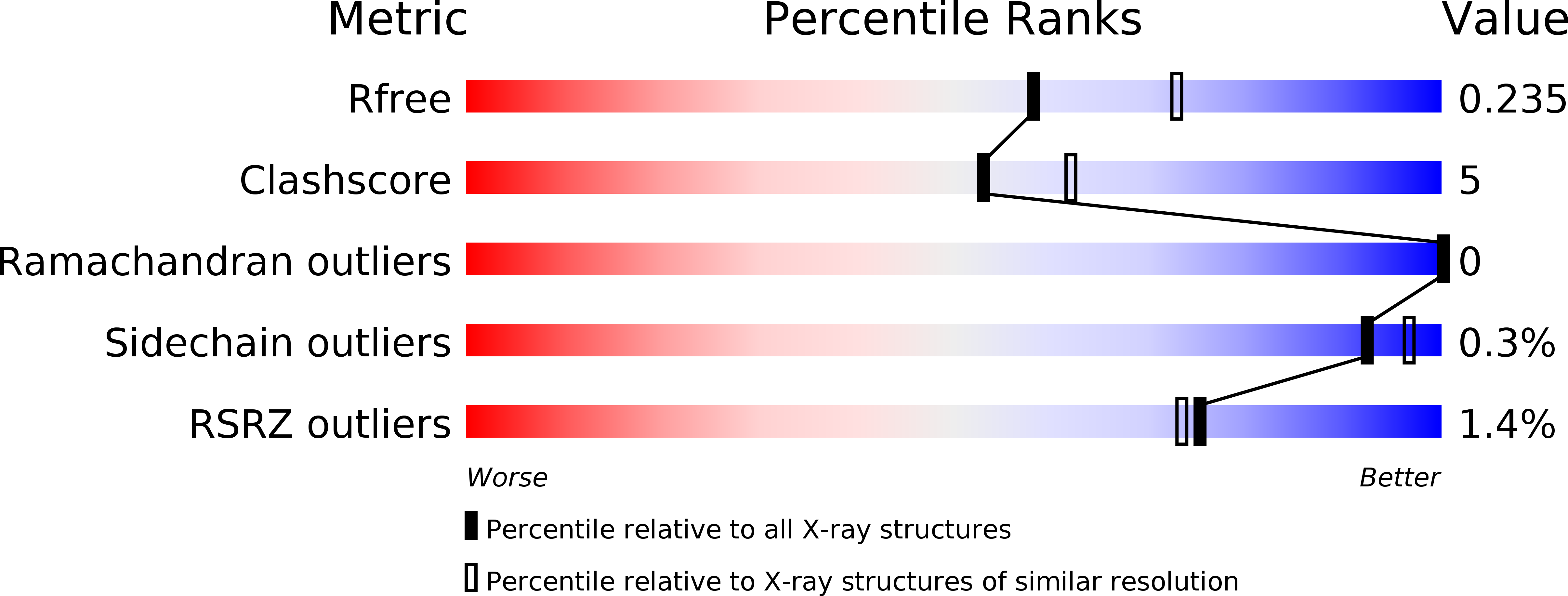
Deposition Date
2011-05-02
Release Date
2011-08-10
Last Version Date
2024-10-30
Entry Detail
PDB ID:
3RSC
Keywords:
Title:
Crystal Structure of CalG2, Calicheamicin Glycosyltransferase, TDP and calicheamicin T0 bound form
Biological Source:
Source Organism:
Micromonospora echinospora (Taxon ID: 1877)
Host Organism:
Method Details:
Experimental Method:
Resolution:
2.19 Å
R-Value Free:
0.23
R-Value Work:
0.19
R-Value Observed:
0.19
Space Group:
P 1 21 1


